How to Identify Pure Wood Pressed Oils
In recent years, wood pressed oils have gained immense popularity, primarily due to their health benefits and natural production process. Unlike refined or processed oils, wood pressed oils are extracted by crushing oil seeds using traditional wooden churners (often referred to as a "Ghani" or "Kolhu"), which operate at a low temperature, helping to retain the oils' essential nutrients. These oils are often seen as healthier alternatives to their industrial counterparts, rich in antioxidants, vitamins, and healthy fats.
However, with their rising demand, there’s an increasing number of impure or adulterated wood pressed oils flooding the market. Knowing how to identify pure wood pressed oils can be the difference between consuming a nutrient-rich, healthy product or unknowingly using one that’s been diluted or processed. In this article, we will share expert tips and insights to help you distinguish pure wood pressed oils from the fake or adulterated ones.
1. Understanding Wood Pressed Oils: The Process
Before diving into the identification tips, it’s essential to understand how wood pressed oils are made. Traditionally, oil seeds like coconut, sesame, peanut, and mustard are placed in a wooden churner and pressed at low speed to extract the oil. The pressing is done slowly, allowing minimal heat generation, which preserves the oil’s natural flavor, aroma, and nutritional value.
This method contrasts sharply with refined oils, which undergo chemical processing, high temperatures, and sometimes even bleaching or deodorizing, stripping them of most nutrients. Wood pressed oils retain their purity, making them rich in essential fatty acids, vitamins, and minerals. Identifying whether the oil you purchase has been made this way is the first step in ensuring you get a high-quality product.
2. Color and Appearance
One of the most noticeable indicators of pure wood pressed oil is its color and appearance. Pure oils tend to have a natural, earthy hue, reflecting the seed or nut from which they were extracted. Here’s how to assess the appearance of common wood pressed oils:
- Coconut Oil: When fresh, wood pressed coconut oil should appear clear, with a slight yellow tint. If stored in cooler temperatures, it may solidify into a white, creamy substance.
- Sesame Oil: Pure sesame oil typically has a golden or amber color, depending on whether the seeds used were roasted before pressing.
- Peanut Oil: Wood pressed peanut oil should have a golden or light yellow color. It should not appear overly bright or artificially colored.
- Mustard Oil: Freshly pressed mustard oil has a deep yellow or brownish color. It may appear cloudy at times due to its unrefined nature.
If the oil appears too clear or glossy, it might have undergone some level of refinement or processing. Additionally, if the oil seems unusually bright or shiny, it may indicate the presence of additives or coloring agents. Natural wood pressed oils typically have a subtle, earthy appearance.
3. Aroma and Flavor
One of the main hallmarks of pure wood pressed oils is their natural, strong aroma. Unlike refined oils, which are often deodorized to remove strong smells, pure wood pressed oils retain the natural scent of the seeds or nuts they are extracted from.

- Coconut Oil: Pure wood pressed coconut oil has a rich, sweet aroma that’s unmistakable. It smells strongly of fresh coconut. If the oil has a faint or no smell at all, it may be refined or mixed with other oils.
- Sesame Oil: Sesame oil has a strong, nutty scent. If the sesame seeds were roasted before pressing, the aroma would be even stronger and more distinct.
- Peanut Oil: Pure peanut oil has a mild, earthy aroma with a hint of nuttiness. Any lack of aroma or a chemical-like smell could indicate that the oil is not pure.
- Mustard Oil: Mustard oil has a pungent, sharp aroma that may be overpowering to some. If the oil doesn’t carry this strong smell, it might have been diluted or processed.
The flavor of wood pressed oils is also more intense compared to refined oils. For instance, coconut oil should taste like fresh coconut, while mustard oil has a sharp, spicy flavor. Any lack of strong taste or a strange aftertaste can be a warning sign of adulteration.
4. Texture and Consistency
The texture and consistency of wood pressed oils can also help in identifying their purity. Pure oils are slightly denser and more viscous compared to refined oils, which are often thinner and more watery due to processing and the removal of natural fats.
- Coconut Oil: When pure, wood pressed coconut oil is thick and dense. If it feels overly light or watery, it may be refined or mixed with other substances.
- Sesame Oil: Sesame oil should feel smooth but slightly thick to the touch. A very thin or watery texture could indicate impurities.
- Peanut Oil: Wood pressed peanut oil should have a smooth, dense texture. If it feels too light or greasy, it could be adulterated.
Pure wood pressed oils also tend to coat the skin when applied, leaving it hydrated, whereas refined oils evaporate more quickly, feeling less substantial.
5. Sediment at the Bottom
One of the easiest ways to spot a pure wood pressed oil is by checking for small amounts of natural sediment at the bottom of the bottle. This is a sign that the oil hasn’t been overly refined or filtered. These sediments are remnants of the original oil seeds and are completely safe to consume.
For instance, in mustard or sesame oil, you may notice small seed particles settling at the bottom over time, which is an indicator of the oil’s unrefined nature. However, be cautious if the oil appears cloudy or contains too much sediment, as this could indicate spoilage or poor filtration. A slight layer of sediment is natural and a positive sign, but an excessive amount may not be.
6. Check the Label
Though physical characteristics like color, aroma, and texture can tell you a lot, always double-check the label to ensure the product's authenticity. Here’s what to look for on the label:
- Cold-Pressed or Wood Pressed: The label should explicitly mention that the oil is wood pressed or cold-pressed. Some brands may use vague terms like “natural” or “pure,” which can be misleading, so make sure to find the specific pressing method.
- Unrefined/Raw: Ensure that the oil is labeled as unrefined or raw, meaning it hasn’t undergone any chemical processes or high-temperature treatments that can strip it of its nutrients.
- Organic: If possible, opt for oils labeled as organic, ensuring they are free from harmful pesticides or chemicals. Organic certification provides an added layer of assurance.
- Manufacturing Date: Always check the manufacturing date and opt for the freshest oils. Wood pressed oils have a shorter shelf life due to their lack of preservatives, so it’s essential to consume them relatively quickly after purchase.
7. Storage and Shelf Life
Unlike refined oils, wood pressed oils have a shorter shelf life due to their lack of chemical preservatives. Typically, wood pressed oils can last between 6 to 12 months, depending on the type of oil and how it’s stored. Proper storage in a cool, dark place away from direct sunlight will help maintain its freshness for a longer period.
If an oil develops an unpleasant, rancid smell or a sharp, sour taste, it has likely spoiled and should not be consumed. Always purchase oils in smaller quantities if you’re not sure you’ll use them up within their shelf life.
Conclusion
Identifying pure wood pressed oils requires attention to detail, from the oil’s appearance and aroma to its texture and labeling. Pure oils are nutrient-rich, flavorful, and aromatic, whereas adulterated oils tend to be lighter, less fragrant, and lacking in nutritional value. By following these expert tips, you can confidently select high-quality wood pressed oils that will nourish your body and enhance your cooking. Whether you're using it for cooking, skincare, or health purposes, choosing the right oil can make all the difference in reaping the full benefits of nature’s liquid gold.






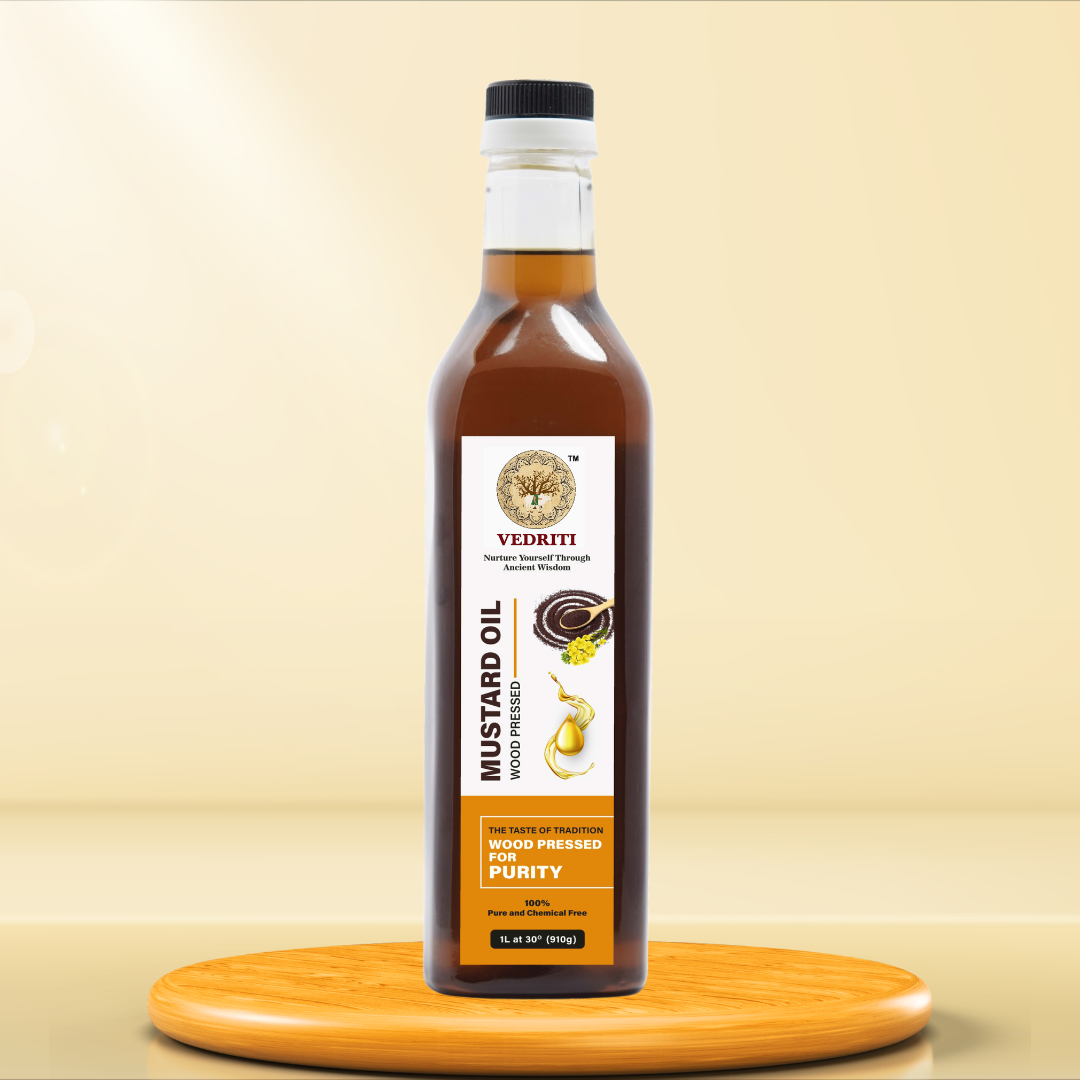
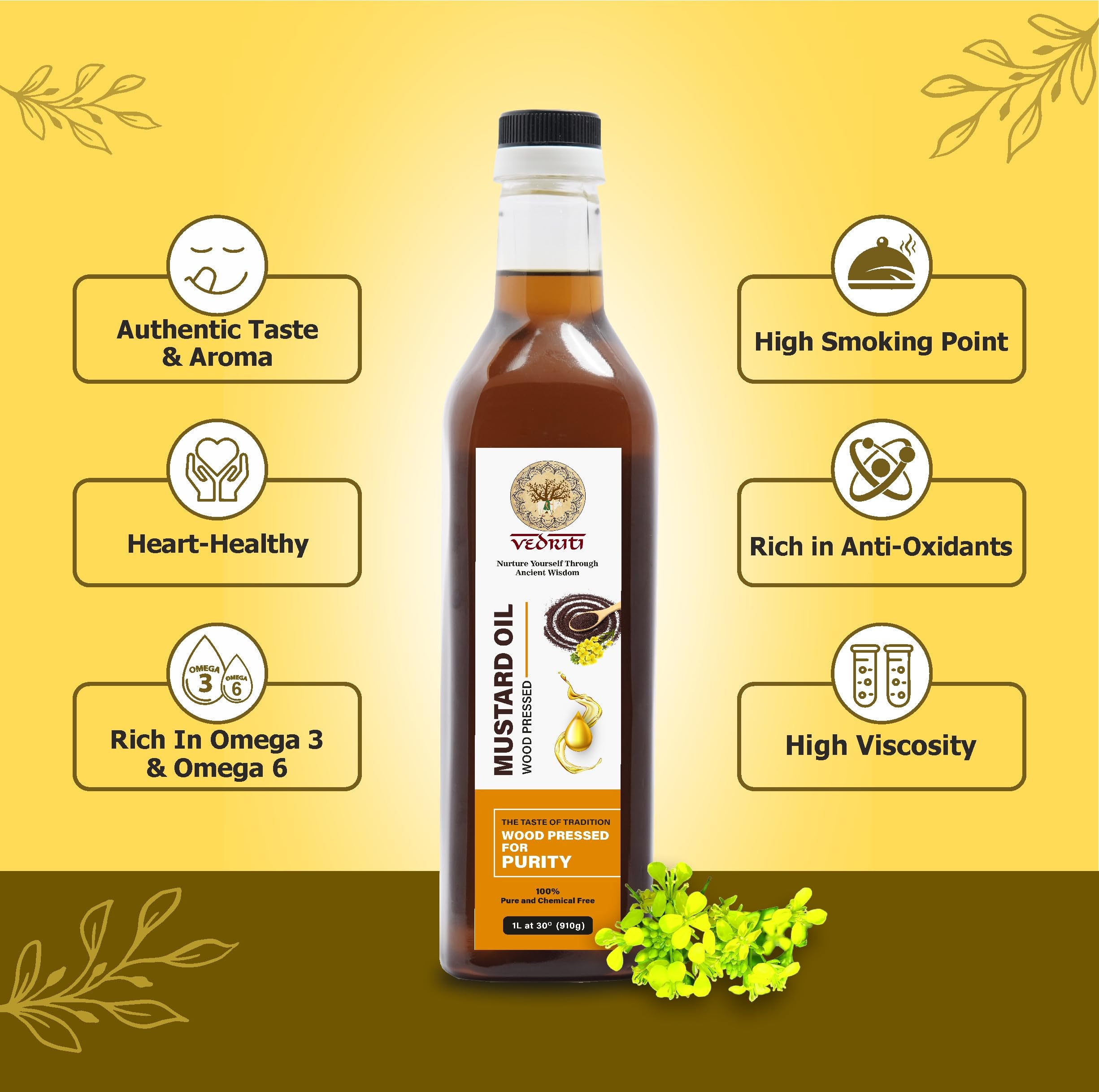
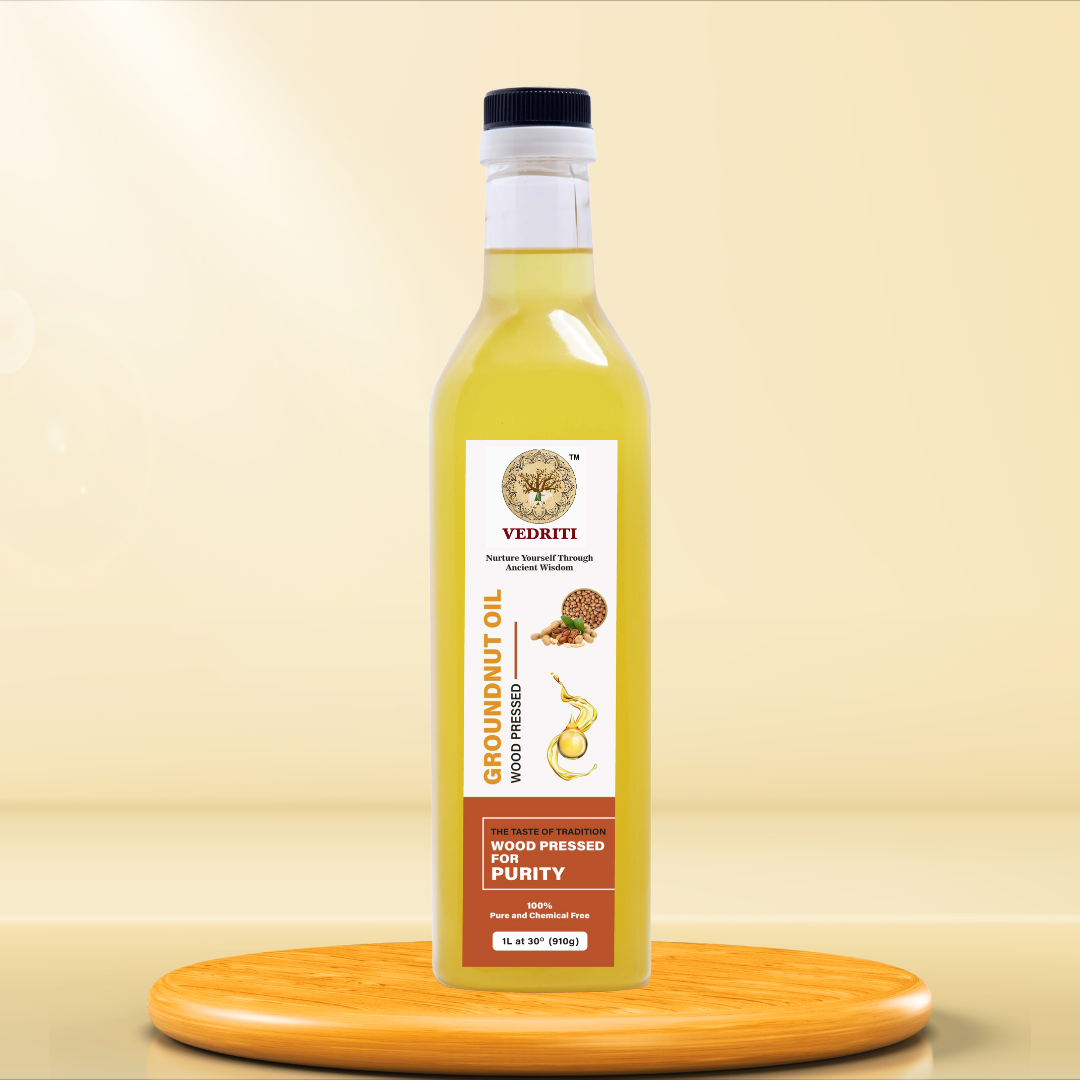

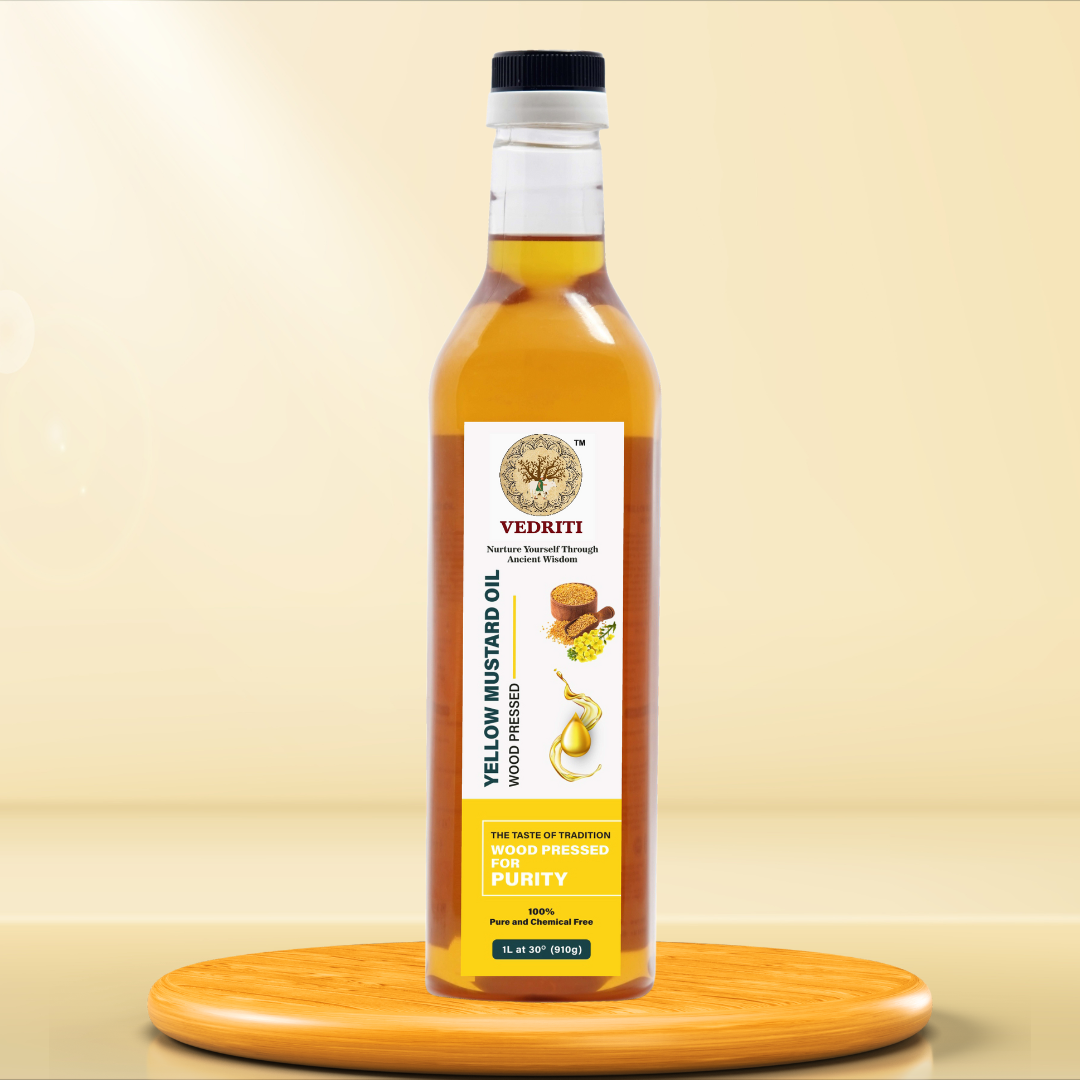

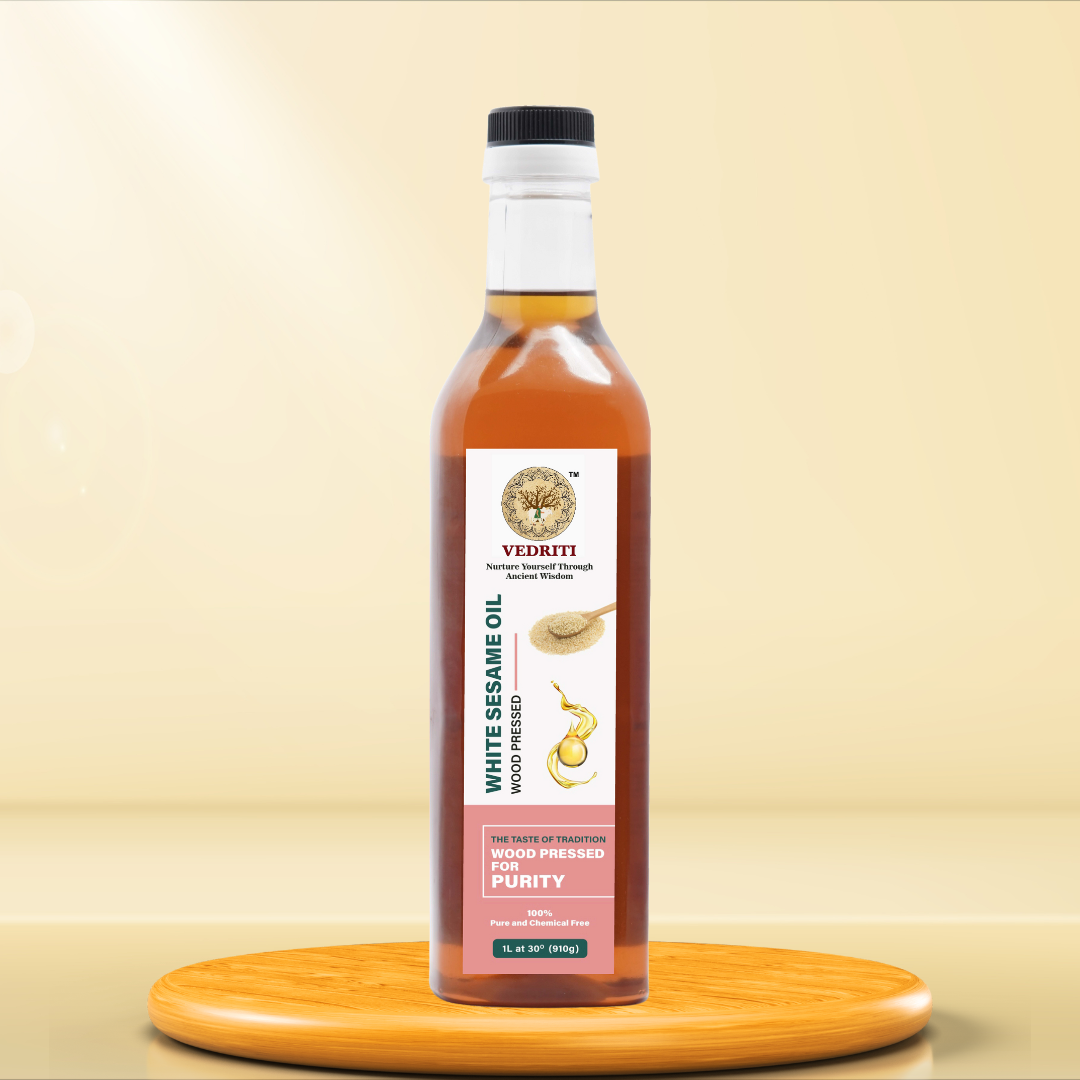

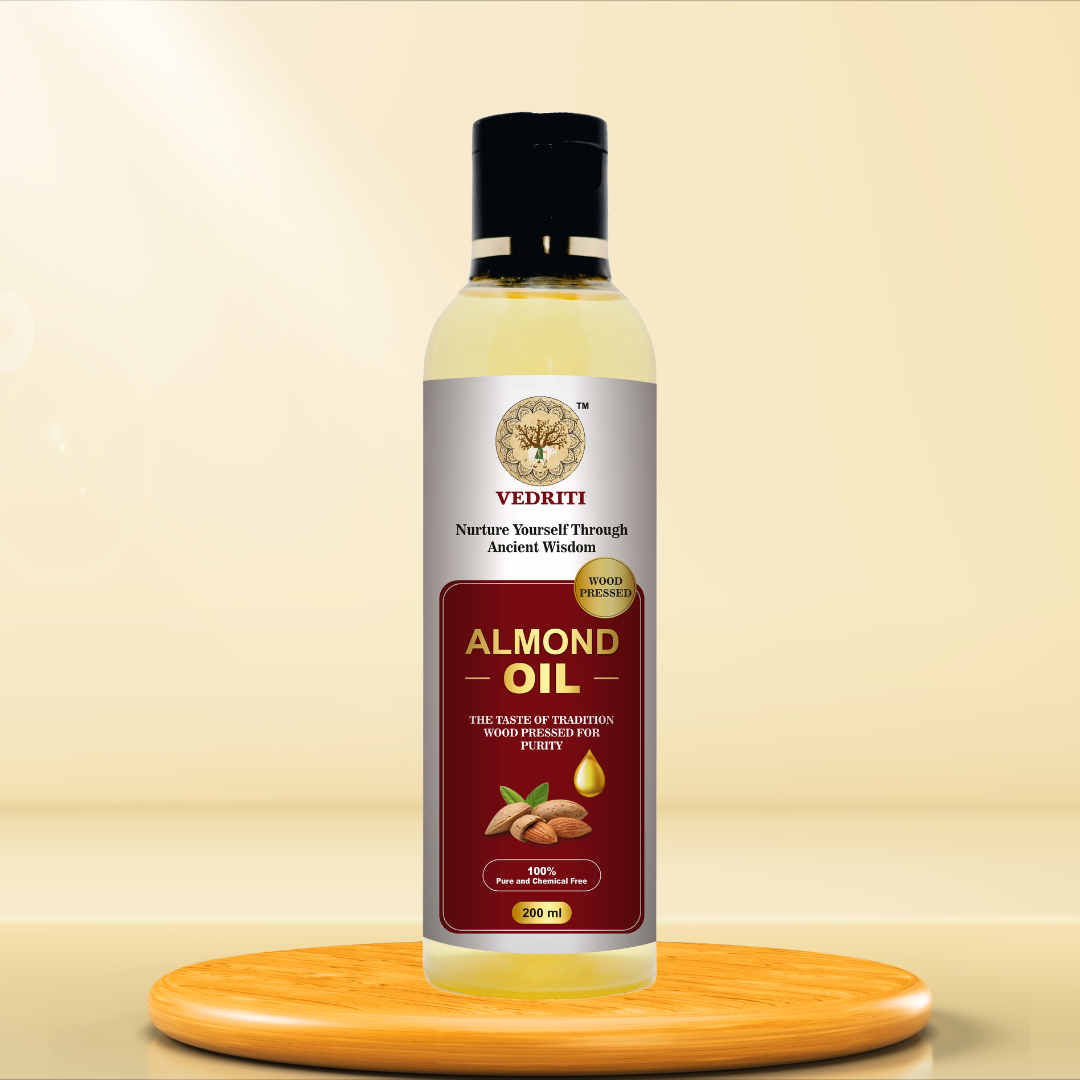
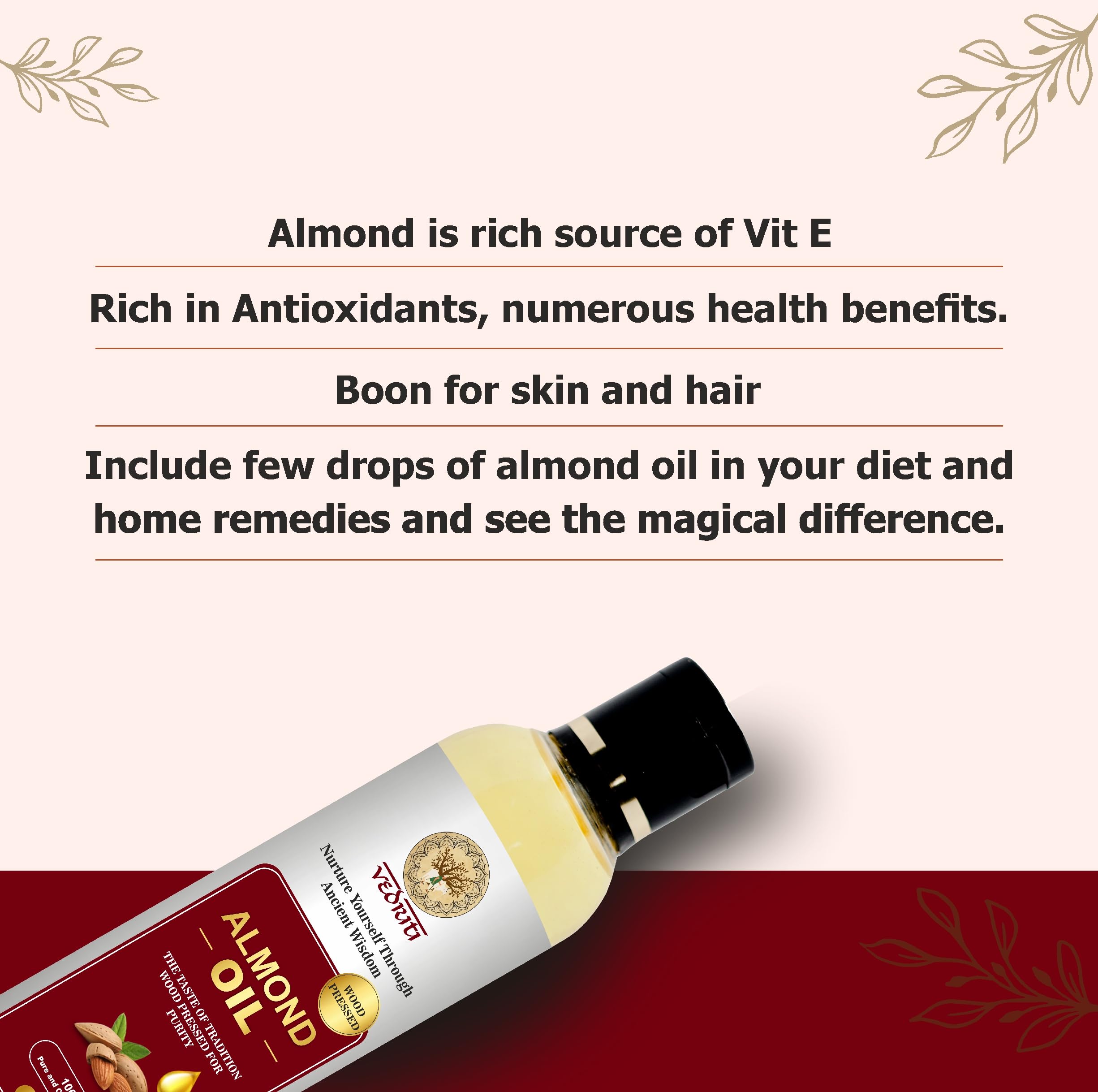


Leave a comment
All comments are moderated before being published.
This site is protected by hCaptcha and the hCaptcha Privacy Policy and Terms of Service apply.